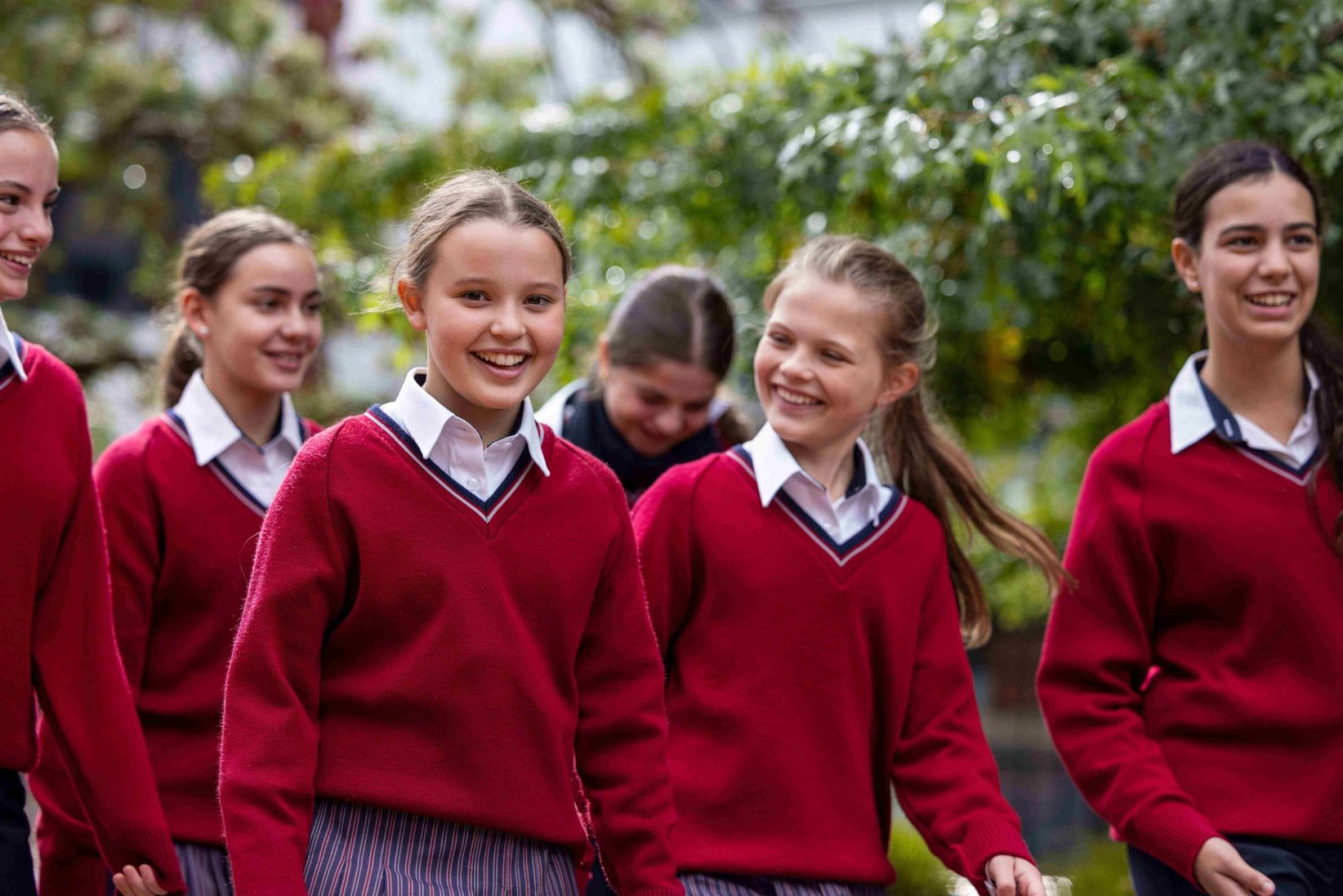Terms often finish in a flurry of tasks, be they projects, pitches or tests.
Over the last three weeks many students have been demonstrating their understanding of key knowledge, applying this knowledge and using a range of skills. Such tasks are part of our common assessment practices at the College.
Last year we reviewed our Assessment and Reporting Policy. It was pre-2020 since we had looked critically at the policy, and the experiences of remote learning had shone a light on aspects that were written for a time prior to the pandemic. We also wanted to look at the policy through one of our Key Commitments from our Strategic Plan - ‘Putting the student, their learning and their wellbeing, at the centre of all we do.’
The review last year involved surveying students, as well as small group discussions with students, regarding assessment and their learning. From this feedback, changes were made to the policy responding to issues that students raised, in addition to issues raised by colleagues and recent research on assessment practices, such as from the organisation ‘Evidence for Learning’.
So, what has changed?
There are a few changes that have been made, such as the policy recognising a broader approach to assessment, in terms of both the format of assessment and in what is being assessed, with greater inclusion of the capabilities.
Two changes that parents and guardians may notice at the end of this term or early next term include:
- The comment from teachers on SIMON/PAM will primarily focus on strategies for future progress.
- Following the return of each assessment task, students will undertake a reflection on SIMON regarding a strategy that led to progress in learning, and an area to focus on, and what strategy may be applied. These reflections will be visible on SIMON/PAM under the teacher comment.
What about Rubrics?
In Years 7 - 11 rubrics remain an important component of our assessment process. The rubric makes explicit what skill or application of understanding is being looked for and valued as evidence of successful learning. A rubric communicates expectations for students’ responses and work. Prior to an assessment task the rubric is shared with students so it is clear what the teachers will be looking for in the criteria. To the right of the criteria, along a row, are the descriptors, which provide a progression of skill/understanding related to a criterion. For example, this may be indicated by progress in greater complexity from identifying, to explaining, to analysing.
The review also allowed us to look at our rubrics and the current research regarding rubric construction. As such, this year some of our Learning Areas are fortunate to be working with two educational consultants, formerly of the University of Melbourne’s Assessment Research Centre, to enhance the clarity of our rubrics.
What about the grade?
The grade is still part of our assessment processes. As I mentioned to Year 7 earlier this term, the grade of ‘C’ is a good result. It indicates there has been an application and demonstration of knowledge and skill, as well as an area to grow.
However, a grade does not tell you what the next steps for learning in that subject involve or the strategies to apply. In that sense, the grade is not as useful as the rubric, the teacher comment and student reflection as to acknowledging success, and in identifying opportunities for future growth.
The Assessment and Reporting Policy can be accessed via the Parent Handbook, under Policies and Guidelines via PAM.




